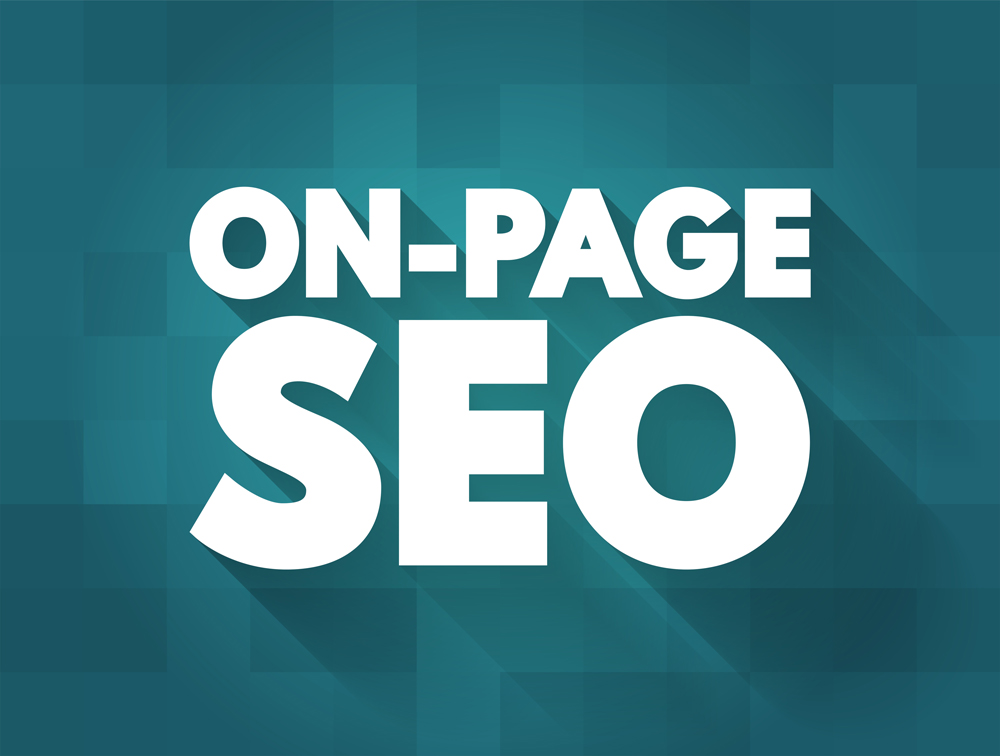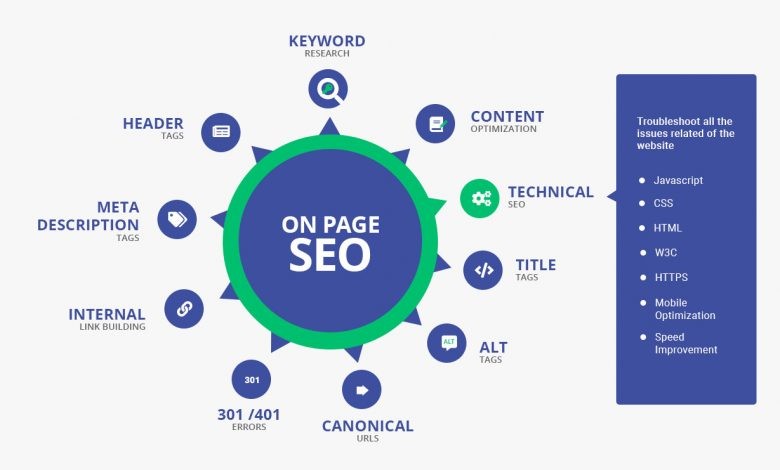
How Do I Start On-Page SEO as a Beginner?
On-page SEO is a vital component of search engine optimization that focuses on optimizing individual web pages to improve their search engine rankings and user experience. If you’re a beginner looking to dive into on-page SEO, this guide will help you understand the basics and provide actionable steps to get started. We will also discuss the importance of regular screenings and early detection of issues in your SEO strategy.
Understanding On-Page SEO
What Is On-Page SEO?
On-page SEO refers to the practices used to optimize individual web pages in order to rank higher and earn more relevant traffic in search engines. It includes content optimization, HTML source code, and site architecture.
Key Components of On-Page SEO
- Content Quality: Providing valuable, relevant, and original content to users.
- Meta Tags: Optimizing title tags and meta descriptions for better visibility in SERPs.
- Headings and Structure: Using proper heading tags (H1, H2, H3) to organize content.
- Internal Linking: Connecting related content within your site to enhance navigation and SEO.

Steps to Start On-Page SEO
1. Conduct Keyword Research
Importance:
Keyword research helps you understand what terms your target audience is searching for.
Tools to Use:
- Google Keyword Planner: Identify popular keywords related to your niche.
- Ubersuggest: Find keyword suggestions and their search volume.
Tips:
- Focus on long-tail keywords (e.g., “best vegan recipes for beginners”) for targeted traffic.
- Analyze competitors’ keywords to discover opportunities.
2. Create High-Quality Content
Best Practices:
- Engaging and Informative: Write content that answers users’ questions and provides solutions.
- Use Keywords Naturally: Incorporate your target keywords naturally within the content.
- Length Matters: Longer content (1,500 words or more) tends to perform better in search rankings.
Statistics:
- According to a study by HubSpot, long-form content generates 9 times more leads than short-form content.
3. Optimize Meta Tags
Title Tags:
- Keep them under 60 characters.
- Include the primary keyword and make them compelling.
Meta Descriptions:
- Aim for 150-160 characters.
- Summarize the content and include a call to action.
4. Use Headings Wisely
Importance of Headings:
Headings (H1, H2, H3) help structure your content for both users and search engines.
Tips:
- Use only one H1 tag per page (usually for the title).
- Utilize H2 and H3 tags for subheadings to break up content and improve readability.
5. Optimize Images
Best Practices:
- Use relevant, high-quality images.
- Optimize file names and alt text to include keywords.
Importance:
Images can enhance user engagement and contribute to SEO if properly optimized.

The Importance of Regular Screenings and Early Detection
Why Regular Audits Are Essential
Regular screenings of your on-page SEO help identify areas for improvement and potential issues before they escalate.
Benefits:
- Catch Problems Early: Identify broken links, missing meta tags, or slow-loading pages.
- Stay Updated: Keep up with changes in search engine algorithms and adjust your strategy accordingly.
Tools for Regular Screenings
- Google Search Console: Monitor indexing status and search performance.
- Screaming Frog SEO Spider: Conduct comprehensive audits to find technical issues.
- SEMrush: Analyze on-page SEO elements and track keyword performance.
Key Areas to Monitor Regularly
- Page Load Speed: Aim for a load time under 3 seconds.
- Mobile Responsiveness: Ensure your site is mobile-friendly, as over 60% of searches are done on mobile devices.
- Content Updates: Regularly refresh outdated content to keep it relevant and valuable.
Conclusion
Starting with on-page SEO may seem overwhelming, but by breaking it down into manageable steps, you can enhance your website’s visibility and user experience. Focus on keyword research, high-quality content, optimizing meta tags, and regularly screening your site’s performance to ensure ongoing success.